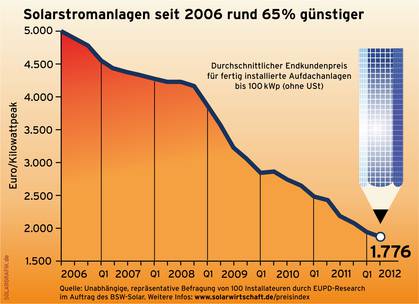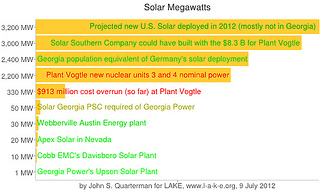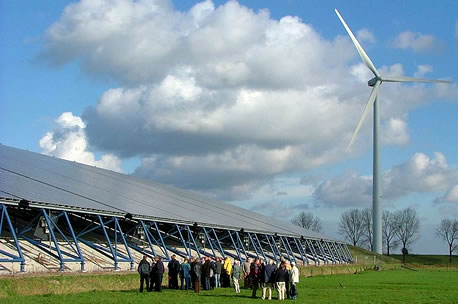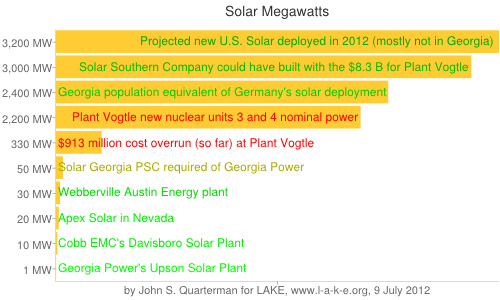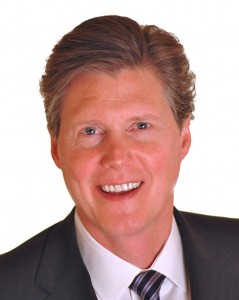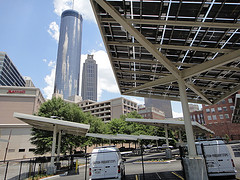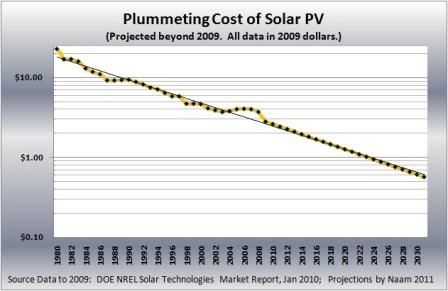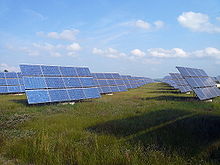Valdosta #3! Followed by Albany #4! In poorest cities in the country. What can we do about that?
Michael B. Sauter, Alexander E.M. Hess and Samuel Weigley, 24/7 Wall St., wrote for NBC News 14 October 2012, America’s richest and poorest cities,
3. Valdosta, Ga.
- Median household income: $32,446
- Population: 140,599 (87th lowest)
- Unemployment rate: 9.2 percent(140th highest)
- Percent households below poverty line: 27.6 percent (ninth highest)
From 2007 to 2011, the unemployment rate in Valdosta increased by 130 percent, from 4 percent of workers to 9.2 percent. The number of employed workers declined by more than 6,000 during that time. Those jobs remaining often pay a lower salary. Last year, nearly 17 percent of the work force was employed in the generally low-paying retail industry, the sixth highest percentage of all metro areas. In 2007, just 11.3 percent of the labor force worked in retail. Valdosta, however, has an improving and active housing market. Home prices rose nearly 12 percent between 2007 and 2011. Despite these positives, 14.4 percent of housing units were vacant last year, higher than the national vacancy rate of 13.1 percent. Also, 15.3 percent of homes were worth less than $50,000 versus 8.8 percent nationwide.
The study is actually for “U.S. metropolitan statistical areas, or MSAs” and this population is not just for Valdosta, it’s for the Valdosta MSA, which includes Brooks, Echols, Lanier, and Lowndes Counties.
Look who’s next on the list:
Continue reading